Gardening myths revealed – 11 common tips debunked
We've gathered even more gardening myths and reveal the truth behind these widely-believed pieces of advice

- 1. You need to dig over a border to plant bulbs
- 2. Winter plant protection is essential
- 3. Deeply planted bulbs produce stronger blooms
- 4. Water droplets on leaves causes damage to plants
- 5. Staking young trees is necessary
- 6. Misting your houseplants is essential
- 7. It is crucial to add drainage crocks to pots
- 8. You should keep houseplants in tight pots
- 9. You can use coffee grounds to lower soil pH
- 10. It's ok not to water drought-tolerant plants
- 11. You need to dig the soil to improve its fertility

Gardening myths occur widely and can leave both beginner and experienced gardeners confused, wasting time and money from following unnecessary practices. Tips that are often passed on whole heartedly, imparting what green fingered fans feel to be sound advice, can often turn out to be unfounded and, in some cases, detrimental to the health or productivity of a plant.
For instance, how many of us have delved into digging over a flower or veg border, when adding a thick layer of mulch would prove much more beneficial to soil health, not to say a whole lot less back breaking too. Similarly, hands up who has pondered over when to water plants and has purposely avoided watering in the midday sun believing that water droplets could burn the foliage?
Having looked into these myths a few years ago, we decided to investigate even more of the most commonly held gardening myths, and have asked the experts if they are scientifically sound or hold any grain of truth.
1. You need to dig over a border to plant bulbs
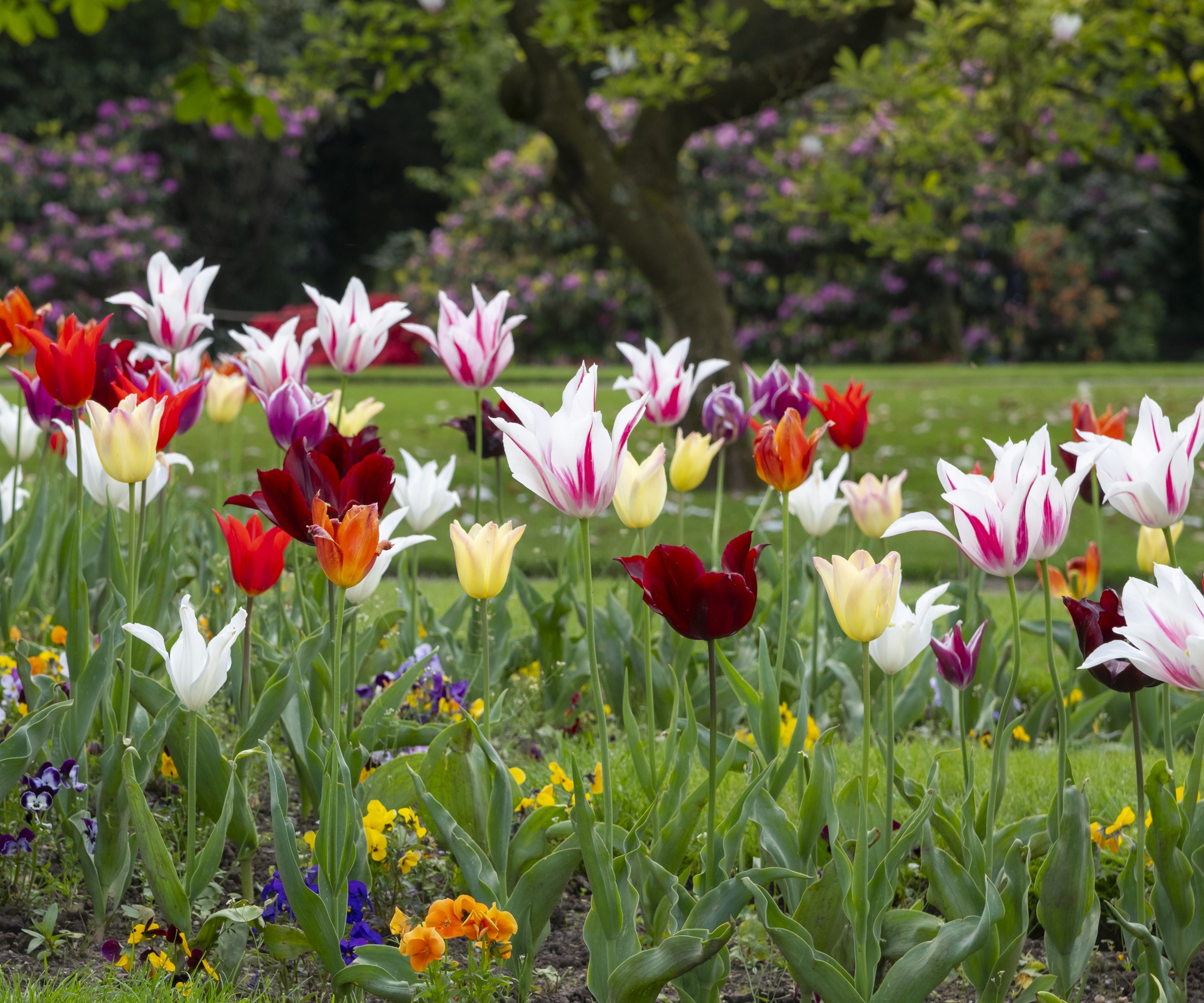
If you are putting off fall bulb planting due to amount of digging and soil preparation required, we’ve got good news. The latest scientific thinking is that good soil health is achieved by leaving the soil undisturbed, preserving the natural aeration created by earth worms and the accumulating layers of decomposing debris.
‘Research indicates that disturbing soil is bad for soil structure and soil microbes, so, when it comes to planting bulbs auguring might be better for your soil,’ explains horticultural expert Peggy Anne Montgomery.
‘I like to use a bulb auger whose width is slightly larger than the bulb I am planting. This tool makes quick work of bulb planting, just be sure you dig to the correct depth, fill the hole back up with soil, and water.’ Walmart have a wide range of manual and motorized bulb augers.

Peggy Anne Montgomery is a horticultural professional with more than 30 years of US and international experience in garden marketing and communications. An account executive for the Garden Media Group, she currently represents Dutch Royal Anthos, a trade organization for Dutch bulb growers and exporters in the US and Canada.
2. Winter plant protection is essential
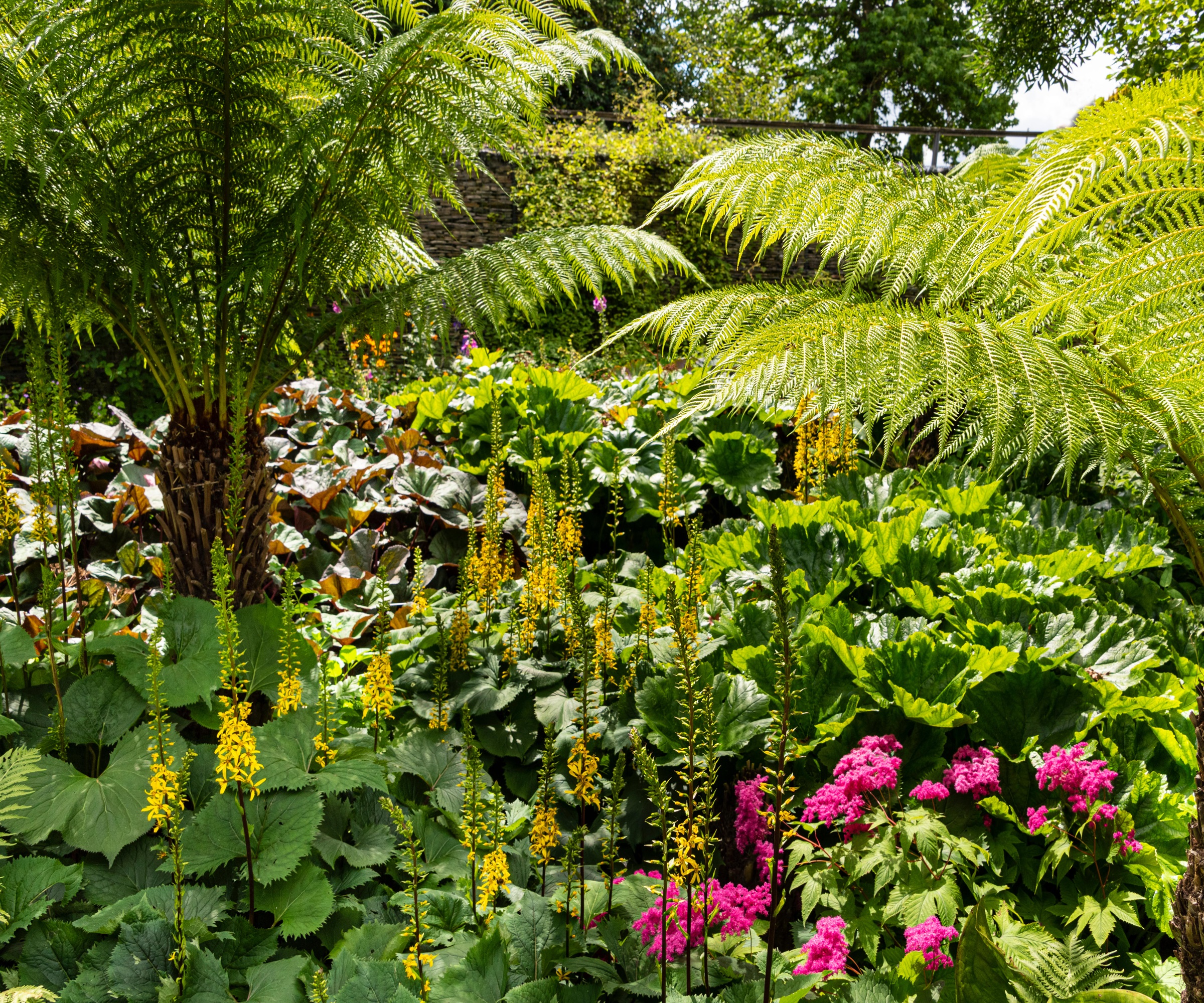
Swathes of horticultural fleece, wire cones filled with straw and layers of burlap are all effective ways to protect plants from frost, but is this plant TLC always required? Many gardeners and landscape designers think not.
‘People often ask me if they should be covering their plants with burlap in the winter.,’ says New York based garden designer Amber Freda. ‘While there are some situations where this might be appropriate, such as with tender, tropical plants that wouldn’t survive the winter otherwise, it’s by and large unnecessary to cover most hardy plants in winter.
'Doing so can prevent the plants from receiving sunlight, which can be detrimental to evergreens that need to keep photosynthesizing even in the winter months.’
3. Deeply planted bulbs produce stronger blooms
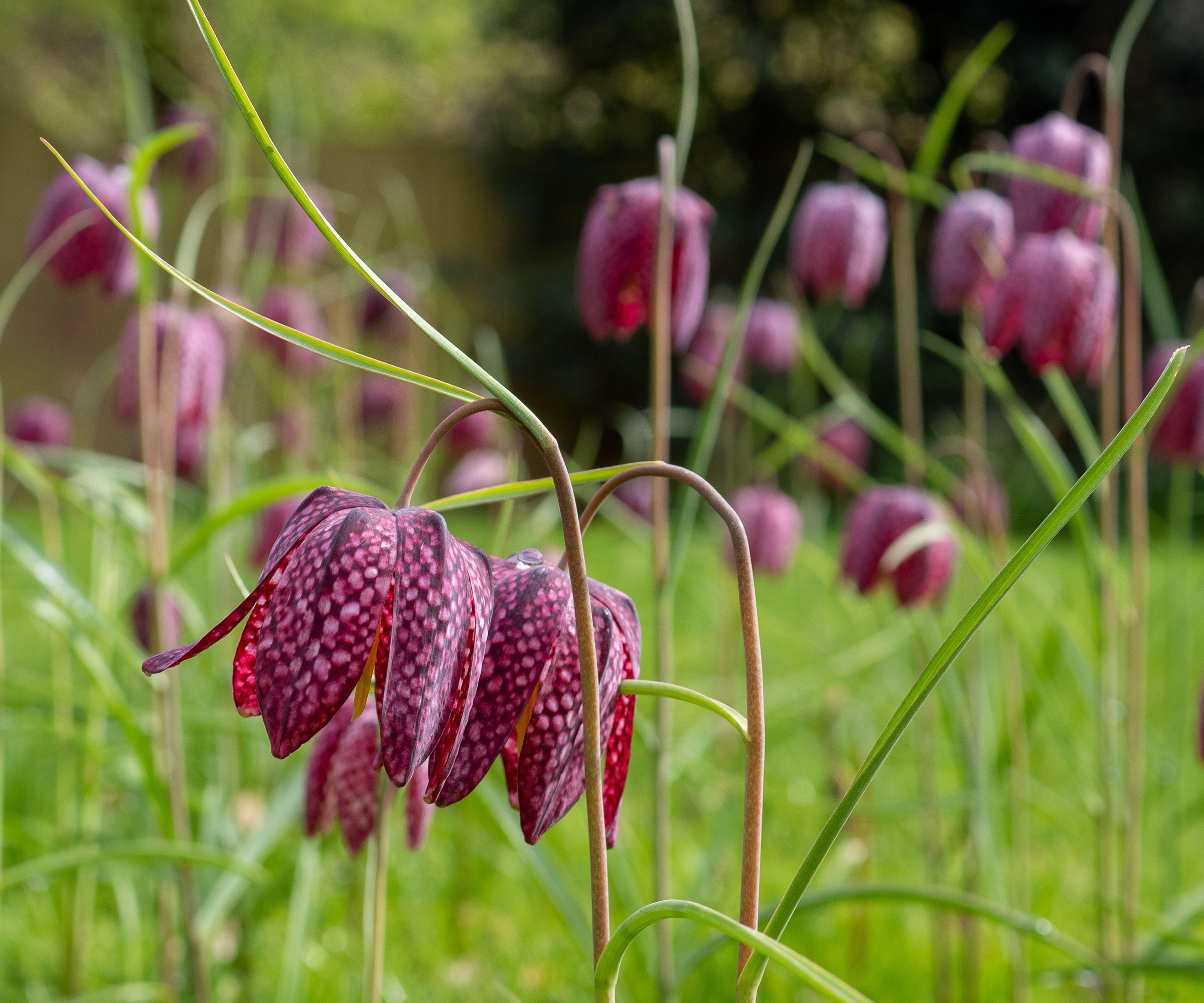
There’s a persistent myth that the deeper you plant a flower bulb, the larger the bloom. Sounds simple? Well, many experts warn against this.
Chris Wiesinger, aka The Bulb Hunter shares his experience. ‘My brother, a Delta pilot who enjoys gardening and helping out at the Southern Bulb farm, decided to help me plant bulbs while I was a on talk to a garden club. He planted our daffodils about 1 foot below the soil surface. That was too deep! The bulbs didn't get bigger but stayed weak and small, as they spent their energy trying to send their foliage shoots to the surface to collect sunlight.’
Instead, a general rule for fall planted, spring blooming bulbs such as daffodils is to plant them at a depth about 2-3 times their height.
4. Water droplets on leaves causes damage to plants
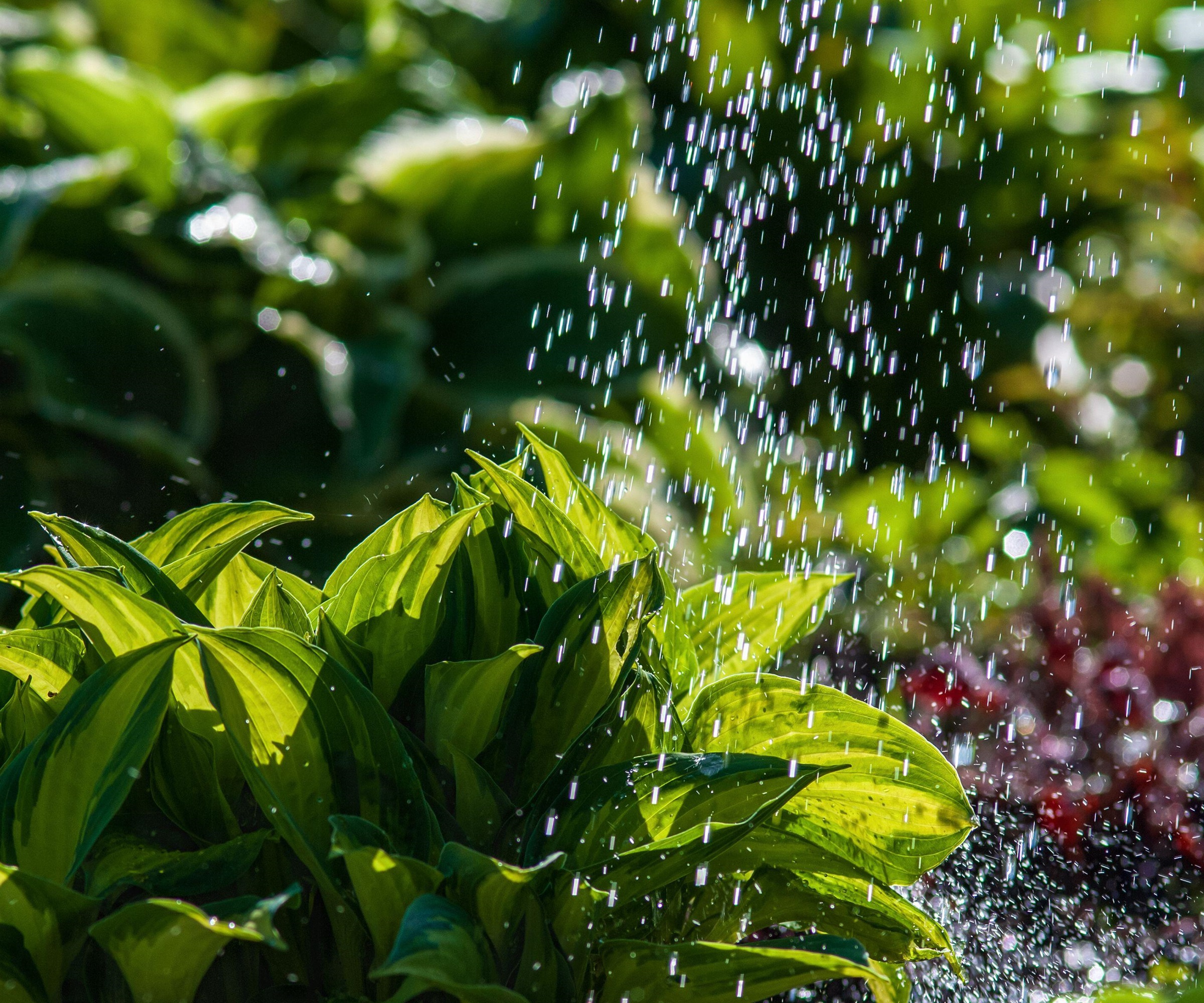
Gardeners are often advised to avoid watering plants during the heat of the day, and while many think this is to do with the chance of water droplets magnifying the direct sunlight and burning the foliage, it’s not for this reason.
‘My retired professor at Texas A&M University, Dr. Dave Reed, always talked about a myth in Horticulture 101,’ continues Chris Wiesinger. ‘The myth was that water droplets would somehow magnify the sun and burn holes in all of the plant leaves. Think about it, he would say, does your skin start burning every time you run through the sprinkler system or get water on it?'.
The scientific reason why this doesn’t happen is all to with angles. While the droplet forms a lens as such, it sits directly on the leaf’s surface, so the point of focus for the sun’s rays is beyond the leaf itself. Therefore, no damage is caused. If the droplet is raised above the leaf surface – either trapped on fine leaf hairs or a cobweb – there maybe some chance of scorching occurring, but the chances are very limited.
The real reason to avoid watering during direct sunshine is that much of the water will evaporate before finding its way to the plant’s roots. Instead it's more beneficial to irrigate your garden during the cooler evening or early morning.
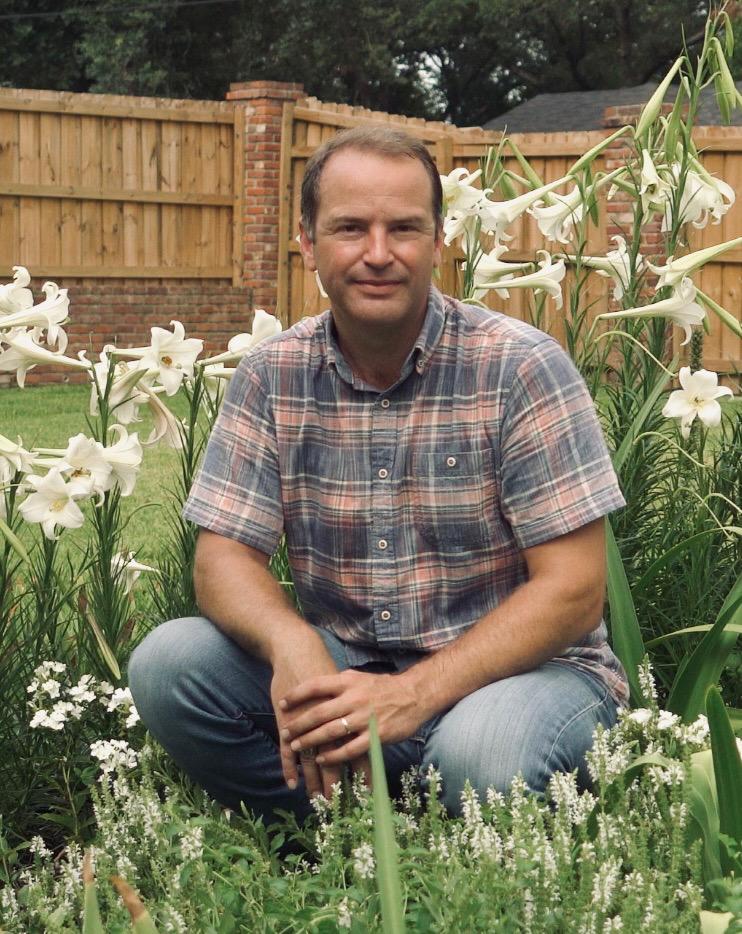
Chris Wiesinger founded The Southern Bulb Company in 2004 along with several friends in an attempt to recapture that which was once lost to the Southern gardener: bulbs that thrive in warm climates. Chris began collecting bulbs when he was young. He used his bulb passion for a college project at Texas A&M which then grew into a lifestyle and business. Chris sought out heirloom and rare flower bulbs like the red spider lily and is author of the The Bulb Hunter which details his life as a bulb collector and farmer.
5. Staking young trees is necessary
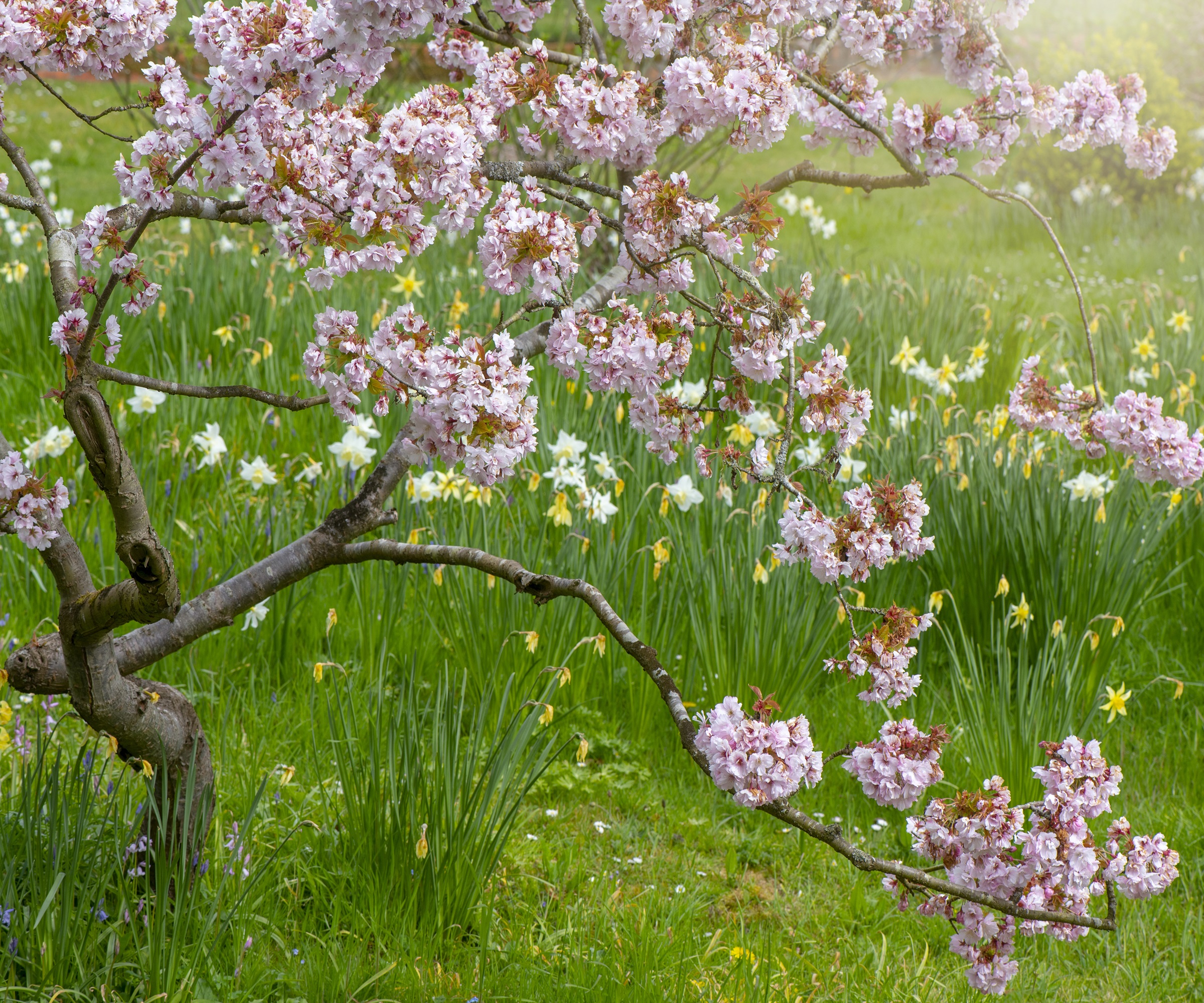
A green fingered topic that is hotly debated - deciding on whether to support a young tree can cause much head scratching. Advice can vary, even amongst professionals, but common sense is usually the best guide.
‘When I first started out in this field, everyone drilled into my head: Always stake young trees,’ says landscape designer, Jonathan Ames.
‘But here's the thing, while staking can be a lifesaver for some young trees, going overboard can do more harm than good. Think of it like this: if you wrap a tree up too snugly, it never learns to dance with the wind. You’re not helping the trunk bulk up and get strong.
'My advice? Only stake when you really need to – so if you have a very exposed site or are planting in a high traffic area. And don't forget to take those stakes out after a year or so.’ Tree stakes and supports are widely available from Nature Hills, including the Dewitt tree support Kit.
6. Misting your houseplants is essential
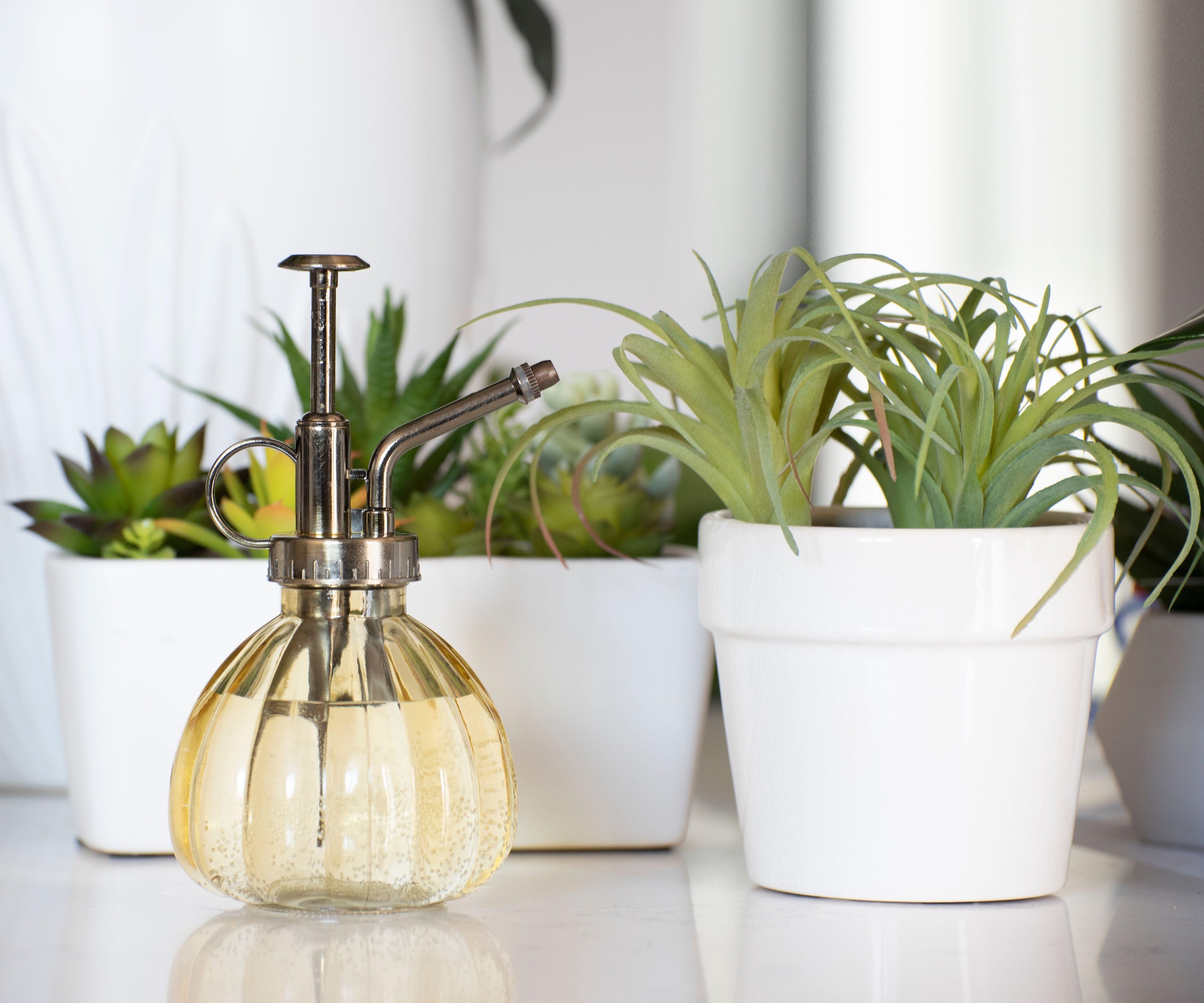
Spraying indoor, tropical plants with water, once or twice a week, is a simple practise familiar to many gardeners. While the theory is that it will boost humidity surrounding the plant, resulting in stronger plants and healthy leaves, it can – in some cases – actually, do more harm than good.
The reality is that despite all the fancy plant misters available, misting the plant will only increase humidity levels for a very short period of time, certainly not long enough for it to reap any benefit. Instead, water can accumulate on foliage and in leaf joins, encouraging fungal disease and rot to develop.
There are more effective ways to increase humidity levels around a plant and these include placing the plant on a pebble filled saucer, grouping indoor plants together to reduce airflow and to relocate plants to a steamier area of the home, shower room, kitchen or bathroom.
Plants to avoid misting at all costs are succulents, aloe vera, cacti and pothos, as they all hail from dry climates and prefer dry foliage.
7. It is crucial to add drainage crocks to pots
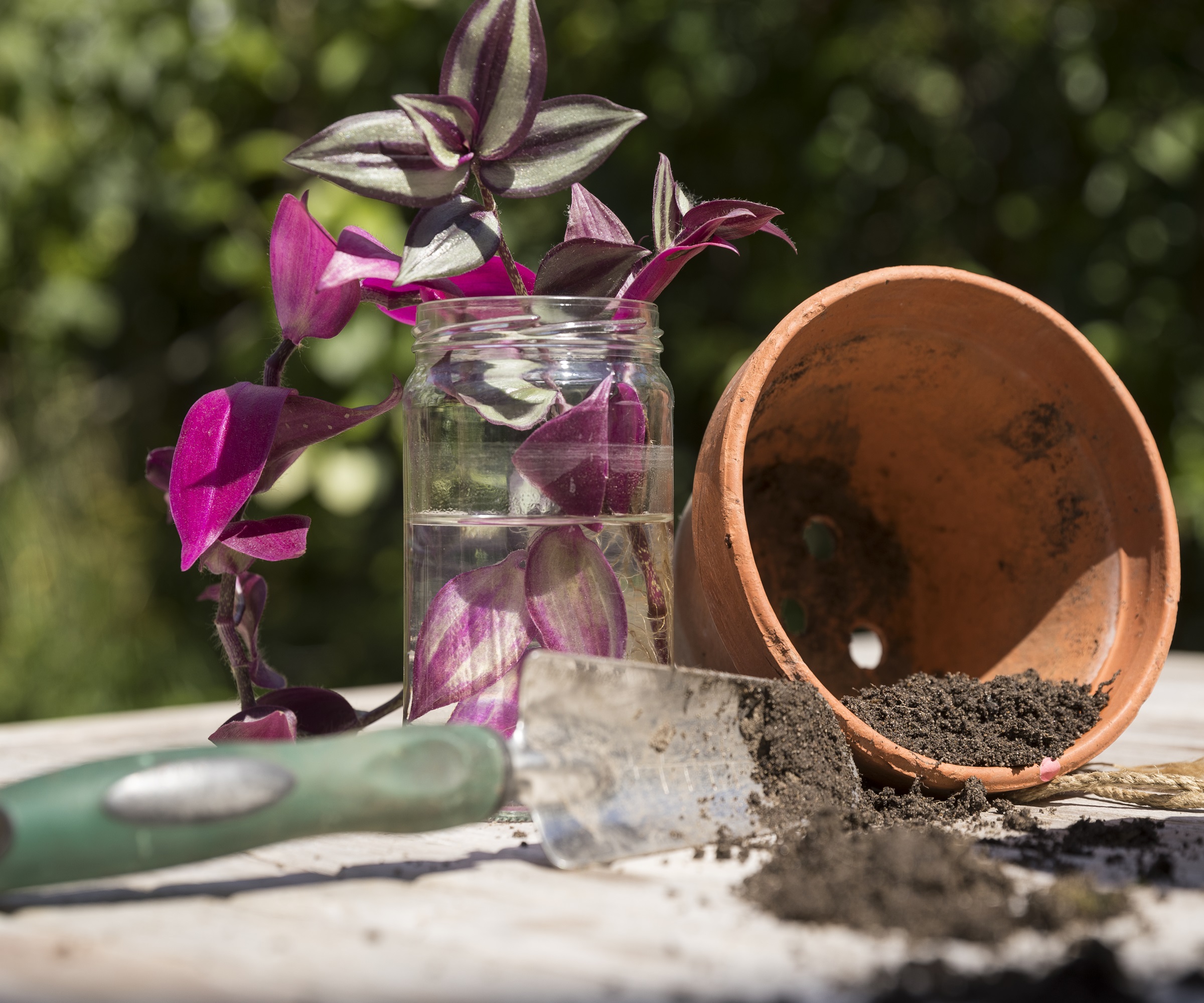
The one planting tip that most of us follow, adding a layer of broken crocks or stones is almost a universal practise. Having been passed on from master gardeners and parents alike, it’s a habit that most of us do without question, but is it actually necessary?
‘The theory is that a layer of gravel at the bottom of a plant’s pot creates a zone where excess water can collect so plant roots don’t drown if water accumulates,’ explains horticulturalist Justin Hancock.
‘The reality is the potting mix filters through the spaces between the gravel, and since the potting mix is like a sponge, it’s still exposed to any water that collects at the base of the pot. This creates a wetter root zone.’ He also adds, ‘The deeper your soil zone is, the better gravity will pull moisture down to the bottom of the pot.’
8. You should keep houseplants in tight pots
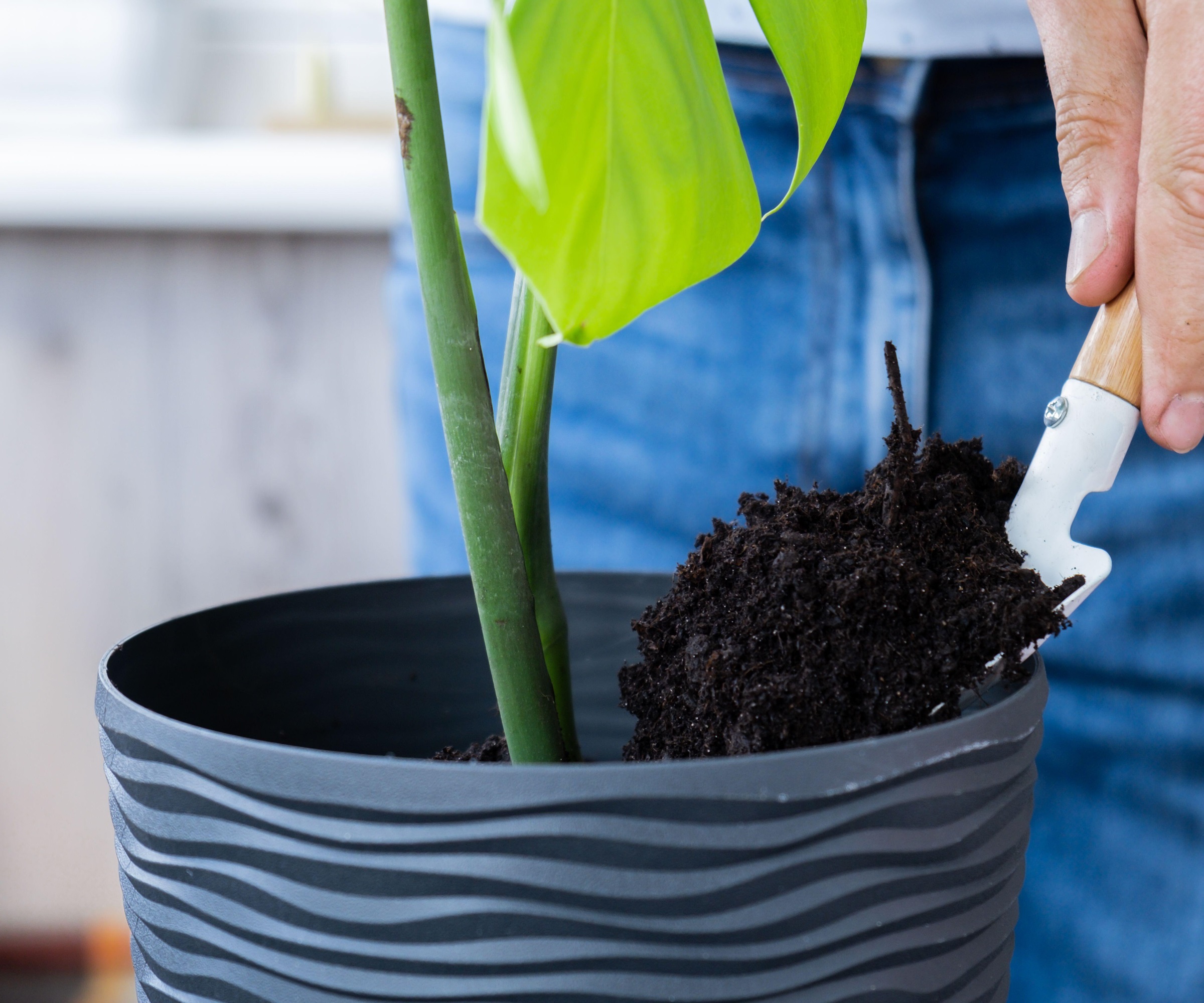
There are many myths and misleading tips when it comes to raising indoor plants and repotting is a particularly grey area. ‘While we are told that a number of houseplants prefer to be rootbound - think spider plants, African violets and sansevieria - the reality is that they’ll do even better if they’re regularly repotted,’ says Justin.
‘A lot of our common houseplants tolerate being rootbound particularly well, but there’s a difference between surviving and thriving.’
Increase the size of the pot and refresh the compost regularly and you will be rewarded with lush, healthy growth. Justin also adds, ‘As a bonus, repot and you’ll have to water less often; the more rootbound a plant is, the faster it dries out.’

Justin Hancock, is a Costa Farms horticulturist with more than 25 years in the industry. A plant enthusiast and educator, he has a degree in horticultural science and has worked in garden centers and botanical gardens, as a garden designer, and in garden publishing. He has experiencing gardening across the country, from Minnesota to Miami to Oregon. Hancock is also co-host of the Costa Farms podcast Plant Rx.
9. You can use coffee grounds to lower soil pH
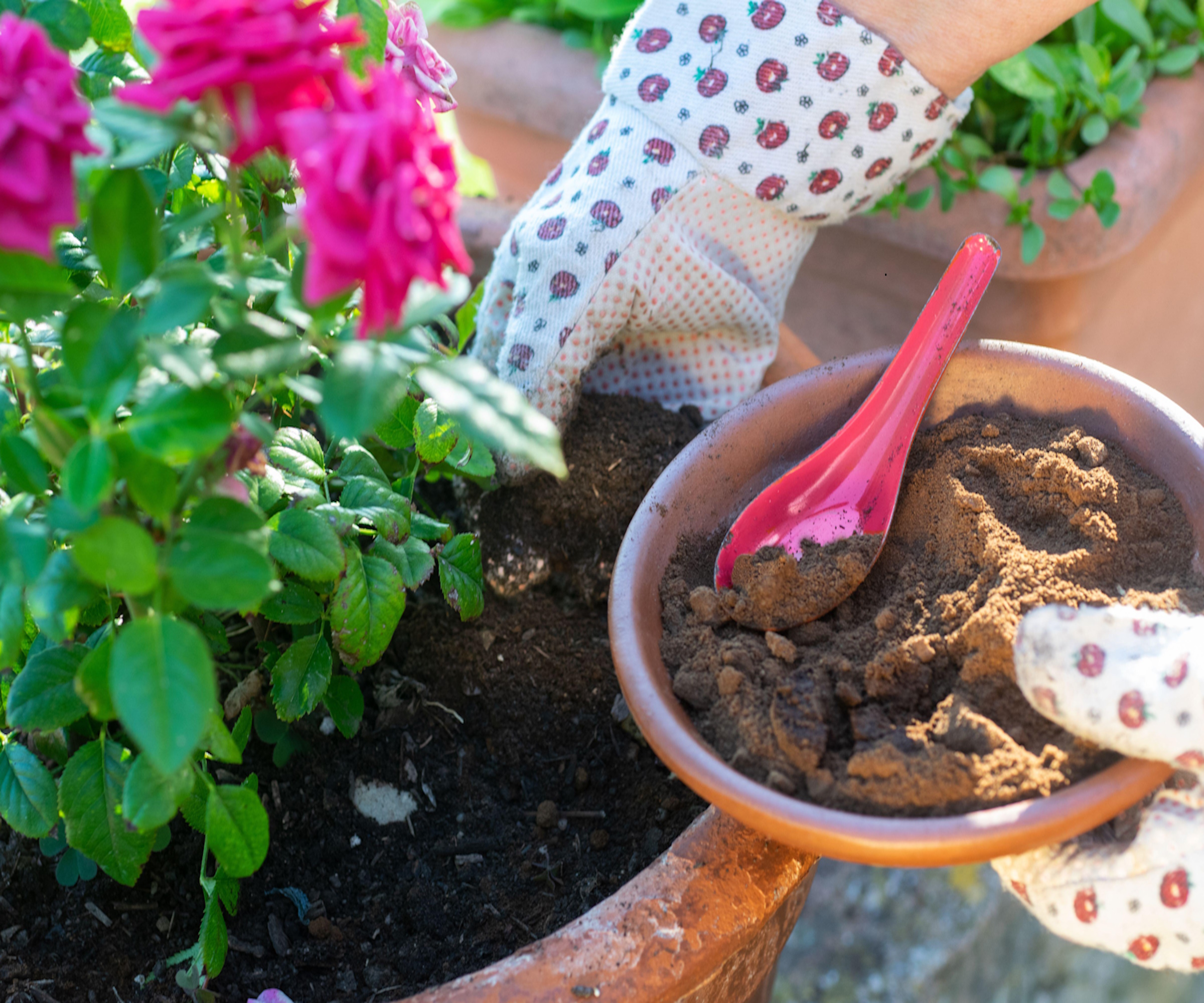
Want to boost the acidity of your soil, particularly for crops such as blueberries, rhododendrons, and gardenias? Well, you may think adding coffee grounds to the surrounding soil is the answer, with the acidity of the coffee raising the pH.
Sadly, there are mixed thoughts on this as Justin Hancock explains, ‘The reality is that the grounds aren’t particularly acidic, and as the microorganisms in the soil break them down, they don’t have a meaningful impact on pH. But when composted, they do become organic matter that improves soil quality over time. So they’re good for the soil, but not in the way most people think.'
10. It's ok not to water drought-tolerant plants
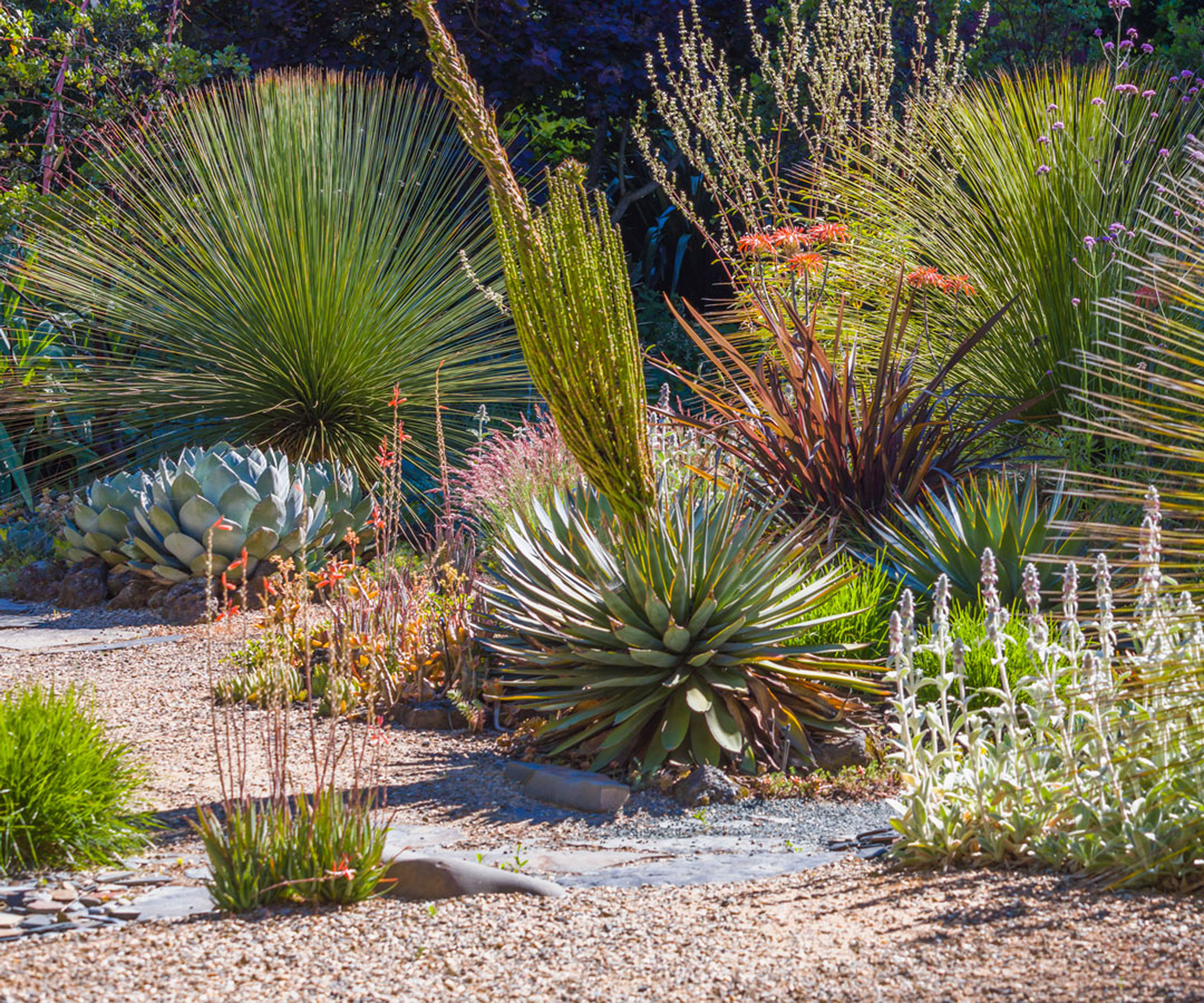
There’s a common belief that drought tolerant plants are happy without water, but you would be wrong. Although these plants can survive hot, dry spells without regular watering, they still benefit from the occasional soaking to replenish their reserves, maintain foliage - essential for photosynthesis - and to increase growth.
Frequently giving these plants a good drink is even more important when they are young and establishing their roots. Providing essential growth nutrients on a regular basis allows the root system to slowly develop and seek out water reserves, as well as firmly anchoring itself in the ground.
Water regularly during the first spring and summer, reducing the frequency during fall and winter. The root system should be sufficiently developed by the plant's second year, and able to thrive without watering, unless there are weeks of continued hot, dry weather.
11. You need to dig the soil to improve its fertility
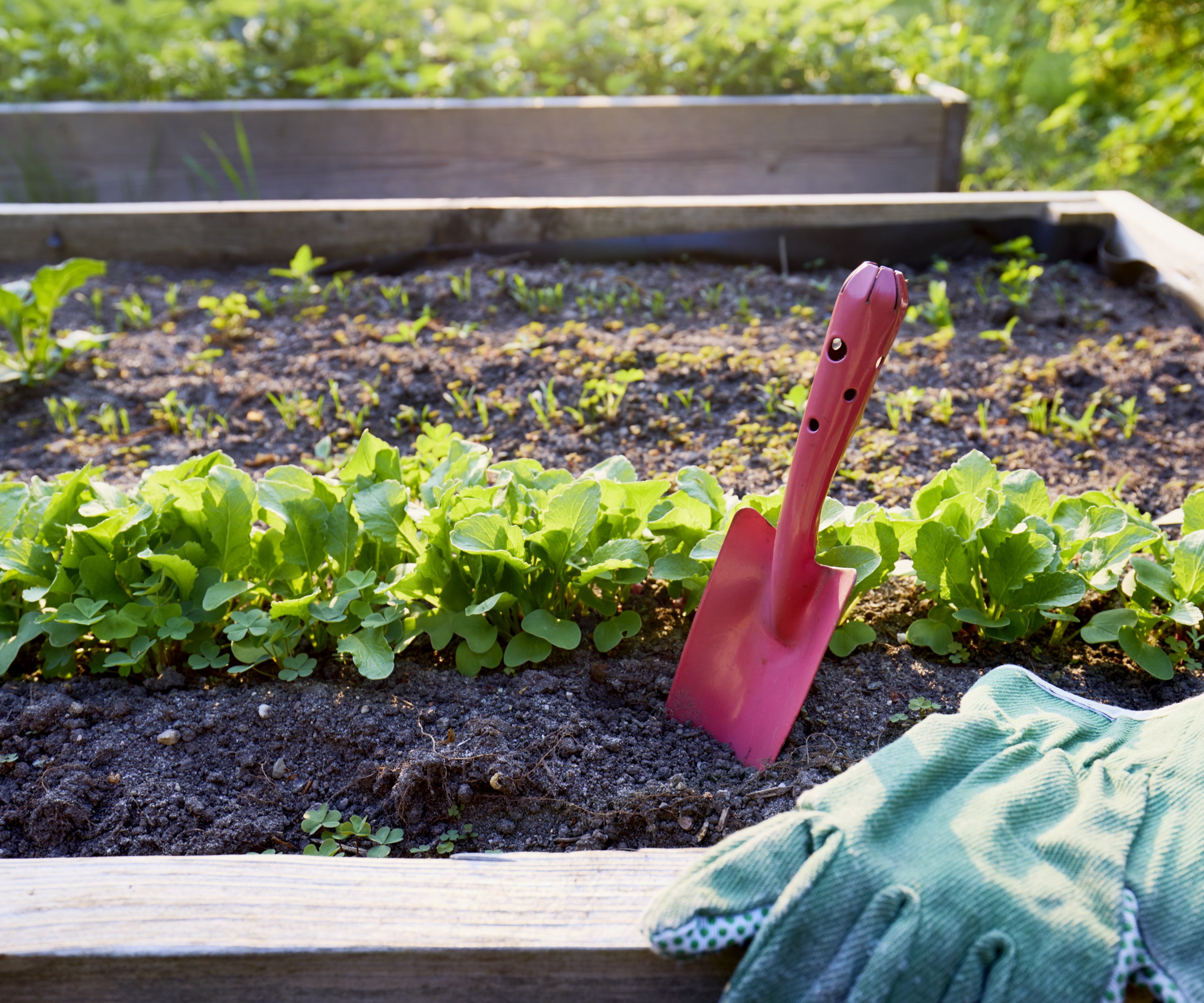
While farmers and gardeners having been tilling and digging the soil for centuries, the current thinking amongst many leading horticulturalists and soil experts is rather different.
Favoring a no dig approach, the idea is that it is far better to leave the soil structure undisturbed, and instead adding an organic mulch layer to the soil surface. This approach allows the worms and other microorganisms to aerate and break down the natural debris, improving the soil’s drainage and nutrients as a result.
Learning about long-held gardening myths is a great way to delve into the scientific thinking behind these processes and discover how gardening practises, such as companion planting and lawn care tasks, have evolved over generations.
Sign up to the Homes & Gardens newsletter
Design expertise in your inbox – from inspiring decorating ideas and beautiful celebrity homes to practical gardening advice and shopping round-ups.

Journalist Jill Morgan has spent over 20 years writing and editing gardening, interior and property features. Titles she has worked on include The English Home, House Beautiful, Ideal Home, Houzz and Modern Gardens and she writes regularly for H&G as a Contributing Editor. Whilst she is a dab hand at renovation projects and DIY, she is happiest when out digging in the garden or planning a new border.
-
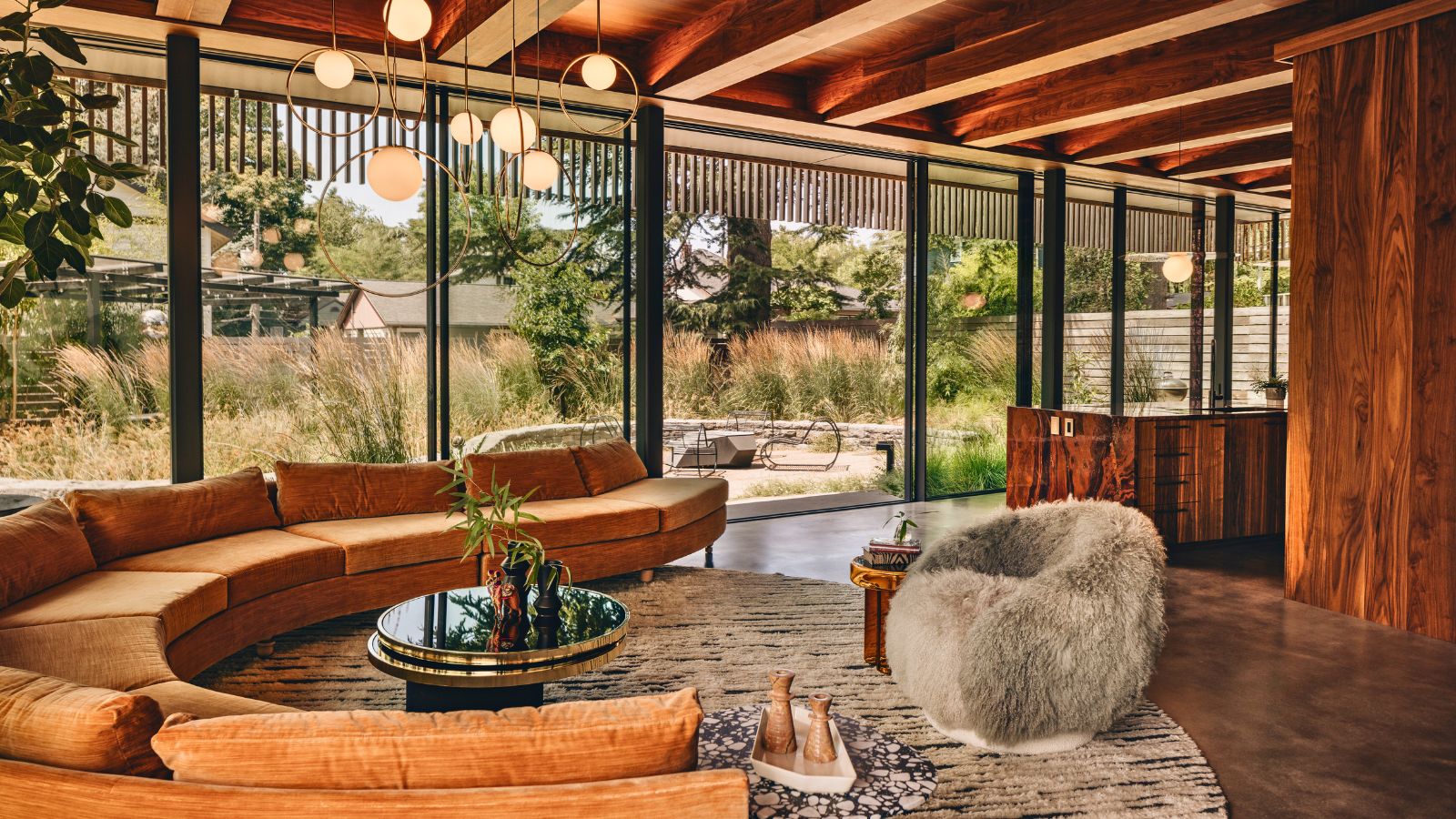 'Sexy disco-era Italy meets Japanese farmhouse in the Brazilian jungle' was the description the interior designer gave this glass-walled modernist home
'Sexy disco-era Italy meets Japanese farmhouse in the Brazilian jungle' was the description the interior designer gave this glass-walled modernist homeOffering a warm welcome that defies its stark, modernist lines, this archictectural gem is full of surprises
By Karen Darlow
-
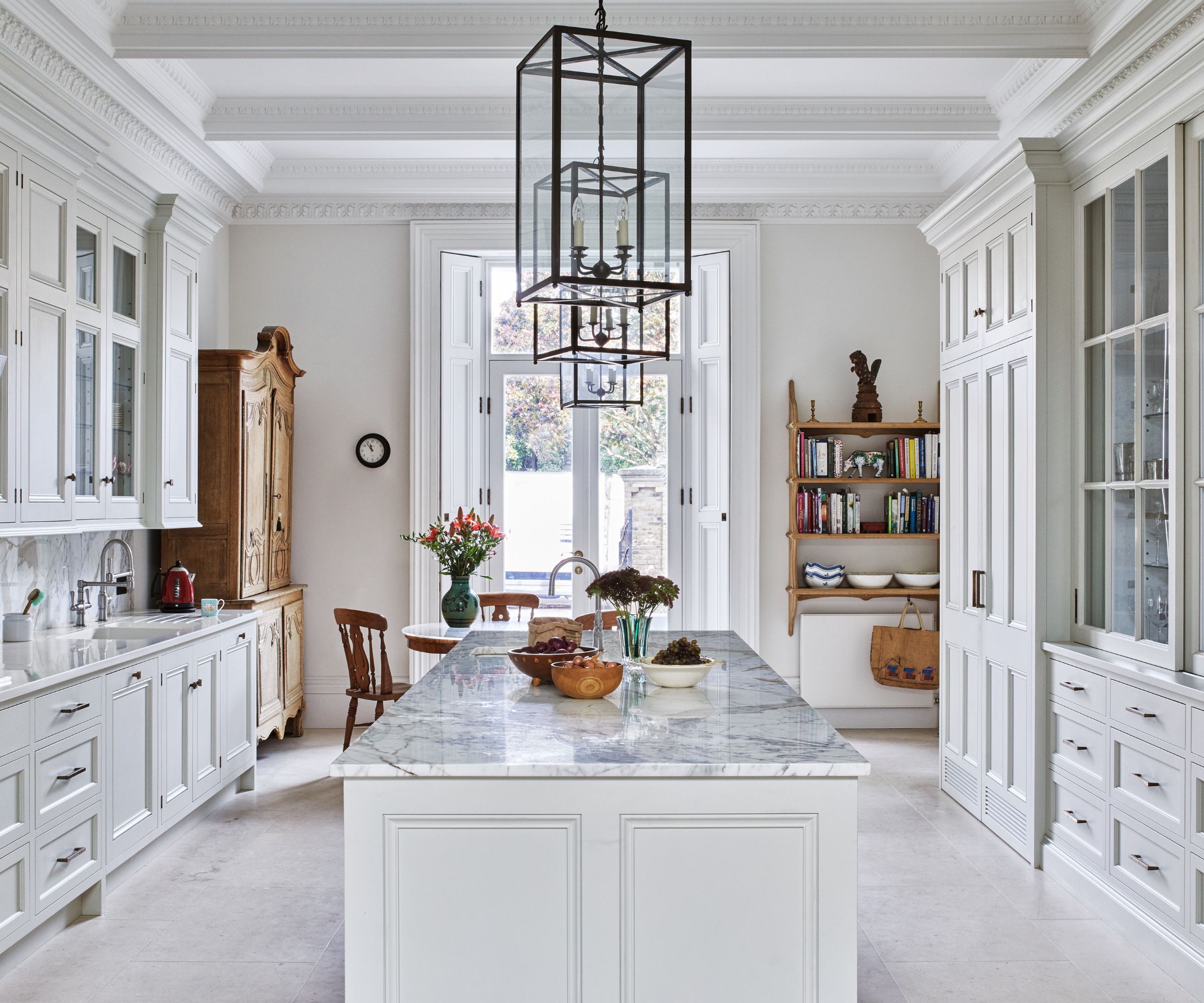 Are you making the most out of the estate sales in your area? These are the 5 most valuable items you should be shopping for
Are you making the most out of the estate sales in your area? These are the 5 most valuable items you should be shopping forVintage lovers and antique experts share the objects you should always look out for when you're exploring an estate sale
By Eleanor Richardson